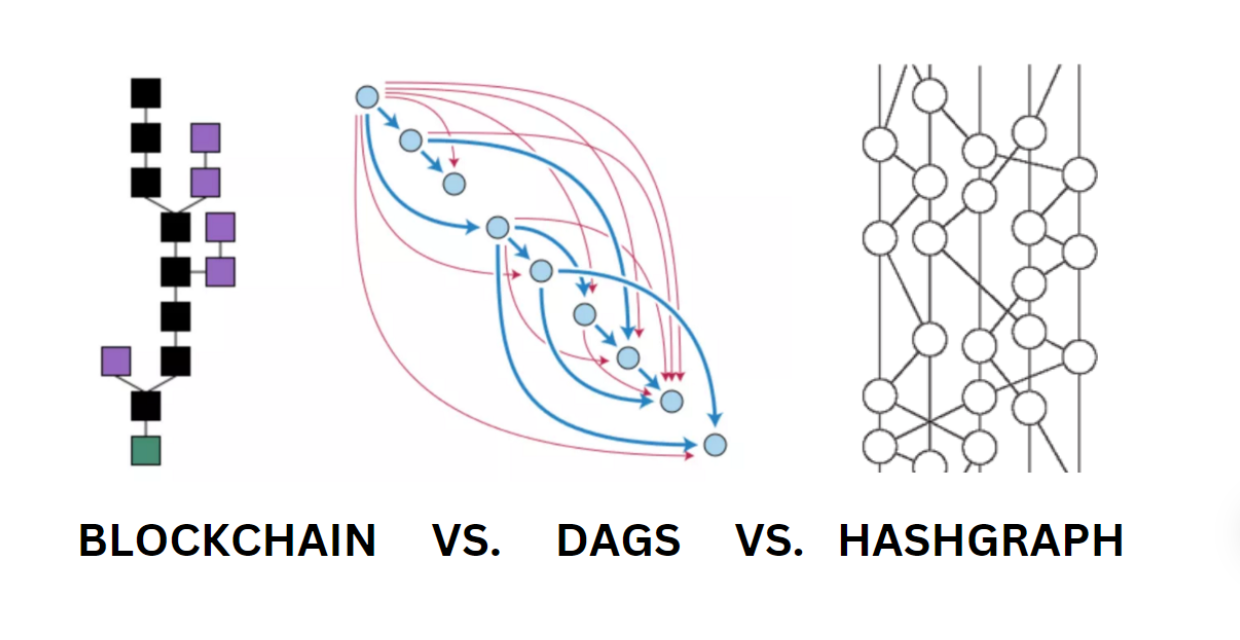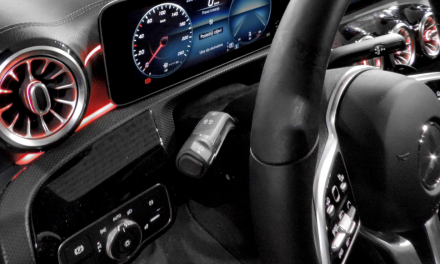Deciphering the Future of Distributed Ledgers: A Comparative Guide
The realm of Distributed Ledger Technologies (DLTs) is rapidly transforming the digital frontier, providing innovative solutions to manage and authenticate data away from centralized control. Among the plethora of DLTs, three dominate the conversation: Blockchain, Hashgraph, and DAG (Directed Acyclic Graph). All may fall under the DLT umbrella, but each boasts unique attributes.
Three Giants of the DLT World
Blockchain’s Chain of Trust
Blockchain’s essence lies in its digital ledger, a series of interconnected data blocks. These blocks, each containing multiple transactions, are bound together by cryptographic hashes that trace back to the preceding block, thus forming the eponymous “chain.” Unlike systems pivoted around a central hub, blockchain disperses control and validation among its participants. A unanimous network agreement, or consensus, is essential for legitimizing transactions. And, while consensus methodologies vary, Proof of Work (PoW) and Proof of Stake (PoS) are the prevalent strategies, both critical in preserving the sanctity of transactions against malicious threats.
Hashgraph: Weaving a Web of Data
In the ever-evolving DLT discourse, Hashgraph often draws parallels with blockchain but embodies a distinct graph-centric design. Through its “gossip protocol,” Hashgraph ensures swift data propagation across the network. Each event within this system is meticulously linked to its immediate precursor, resulting in the intricate Hashgraph web. Eschewing the PoW and PoS models, Hashgraph adopts the Byzantine Fault Tolerance consensus mechanism, touting potentially superior speed and energy efficiency than its counterparts.
DAG: A Web Without Weavers
The Directed Acyclic Graph, or DAG for short, offers a fresh spin on distributed ledger methodologies. Eschewing both blocks and miners, DAG employs a system wherein every transaction is its own guardian. Within the DAG framework, every incoming transaction takes it upon itself to validate the authenticity of two antecedent transactions. The outcome? A sprawling mesh of transactions, reinforcing security and validation. With no reliance on blocks or miners, DAGs garner praise for their nimbleness and scalability, presenting a riveting counter to conventional blockchain paradigms.
The Road Ahead: Picking the Right Ledger
Which DLT is the crown jewel? The answer varies. Blockchain, with its proven security and established legacy, remains a stalwart choice for many, albeit with potential scalability hiccups. Hashgraph’s promise of speed and efficiency is somewhat shadowed by its centralized ownership. Meanwhile, while DAGs may herald a future of scalability and negligible fees, their nascent state could spell security and widespread acceptance concerns.
In the constantly shifting technological sands, it’s conceivable that new or hybrid DLT solutions will arise, amalgamating the best attributes of these systems. The decision-making rubric, for now, should revolve around individual project requisites and aligning with the DLT that best addresses them.





